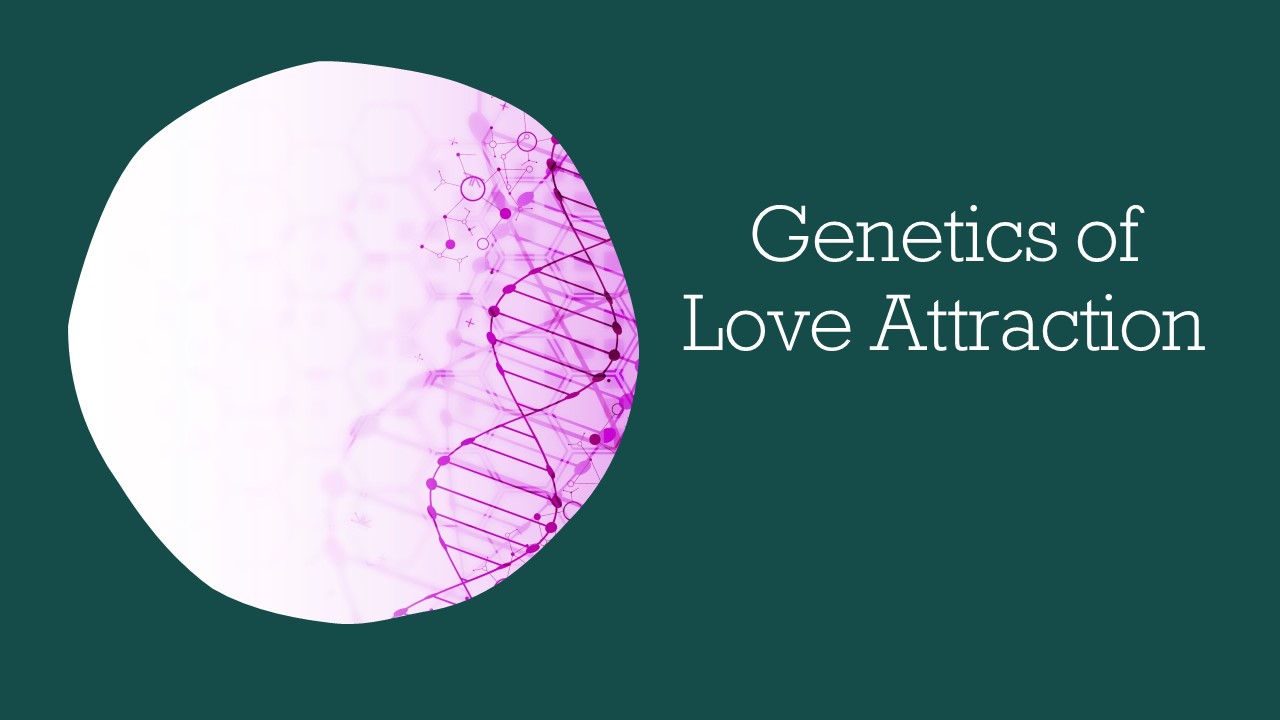From a biological evolutionary perspective, the genetic similarity must be important for sexual attraction. Intersexual attraction helps sexually dimorphic animals, such as birds and mammals, select a proper mate because they cannot reproduce offspring with anyone. They can do this only with those with whom mating success is possible and higher than with others (Karp et al., 2017; McPherson & Chenoweth, 2012; Owens & Hartley, 1998; Rigby & Kulathinal, 2015).
Do People Fall in Love with Genetically Similar Others?
For a weird example, a human individual can be attracted by a sexual relationship with a horse, cow, goat, or gorilla. They can even be a nice couple. They may attain sexual pleasure. Nevertheless, such relationships, from an evolutionary point of view, are wasteful expenditures of energy because they are destined to be childless. They are genetically too distant to produce offspring.
However, humans and chimpanzees are more similar in this regard—they have a genetic distance of less than 2%. Therefore, reproductive success in that case could be possible (Lampert 1997).
Therefore, we can expect that genetic factors and corresponding similarities in the physical appearance and chemistry of human individuals can determine their sexual and love attraction. The chemistry of love, which makes some partners more compatible with each other than others, can be real, not metaphorical.
Do we have a genetic predisposition to fall in love with someone?
Optimal Genetic Similarity
In biology, the principle of optimal genetic similarity is important for the evolutionary selection of partners among animals (Lampert 1997). Individuals tend to be attracted to others who are genetically similar to them. However, they prefer to keep their distance from those who are genetically very dissimilar from them. Both factors play their roles in the selection of mating partners with optimal genetic similarity to them.
This principle of genetic similarity may also work among humans. An individual tends to fall in love with a person who, to some extent, is genetically and physically similar. Biological evolution has developed a psychological mechanism that unconsciously attracts individuals to mates who are similar and excludes those who are significantly different.
Why Are Genetically Similar People Sexually Attractive to Us?
Here is one piece of evidence that such an unconscious attraction is possible (Rushton, 1988). Rushton examined the thousands of court cases in which courts investigated the validity of fatherhood. Genetic testing was used to identify whether a man with whom a woman had sex was actually the father of her baby. Examining those cases, Rushton (1988) was interested in knowing how men and women, at the beginning of their sexual relationship—at the time of conceiving a baby—were genetically similar to each other. The data showed that they were genetically more similar to each other than a random couple. These results indicated that it was likely that potential mates unconsciously recognized their genetic similarity with a partner and, therefore, felt sexual attraction (Rushton, 1988).
Another study used genome-wide SNPs and also supported this genetic similarity explanation of sexual attraction. In a sample of American Whites (non-Hispanic), researchers found that married partners are genetically similar to each other—more than random pairs of individuals (Domingue, Fletcher, Conley, & Boardman, 2014).
The Words of Tentative Limitations
It shall be acknowledged, however, that these findings are descriptive and can be considered tentatively true for a causational explanation. The genetic similarity between partners can be due not only to their genetic assortative mating but also to their shared ancestry (Abdellaoui, Verweij, & Zietsch, 2014). The genetic similarities in couples can be due to genetic population stratification that evolved in a society due to geographical proximity, social homogamy, and ethnic homogamy.
Are Close Relatives More Likely to Fall in Love?
According to the findings presented above, genetically similar relatives in nuclear and extended families perceive each other as physically similar and attractive. Does the genetic similarity of close relatives make them more likely to be attractive and love each other? For example, they can perceive each other as more sexually appealing. Then, the psychoanalytic myths of a boy’s unconscious sexual attraction to his mother (the Oedipus complex) and a girl’s attraction to her father (Electra complex) can be partially true due to their genetic similarity, although the effect of imprinting can also play a role.
Many cases of consanguinity in sexual relationships and marriages have been documented throughout history. In these cases, blood relatives find each other attractive (see Karandashev, 2017, 2022 in press for a review). Consanguineous marriages are still widespread and preferred in many societies in West Asia, the Middle East, and North Africa (e.g., El-Hazmi et al., 1995; Hamamy, 2012). Surprisingly, these cultural traditions have been persistent.
However, the negative impact of incest (sexual intercourse with a child, sibling, grandchild, or parent) on offspring is well documented. Therefore, to safeguard against this harmful effect of incest, cultural norms and incest taboos have evolved in many cultures.
Other Articles of Interest on the Topic:
Genetic diversity and love attraction
Love attraction to familiar others
References
Hamamy, H. (2012). Consanguineous marriages. Journal of Community Genetics, 3(3), 185-192.
